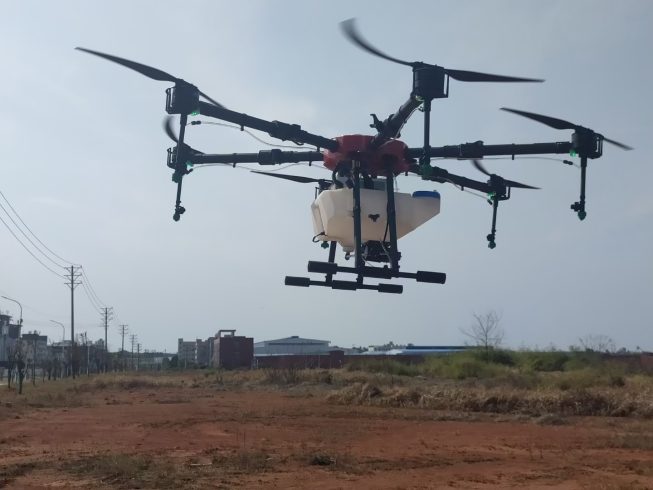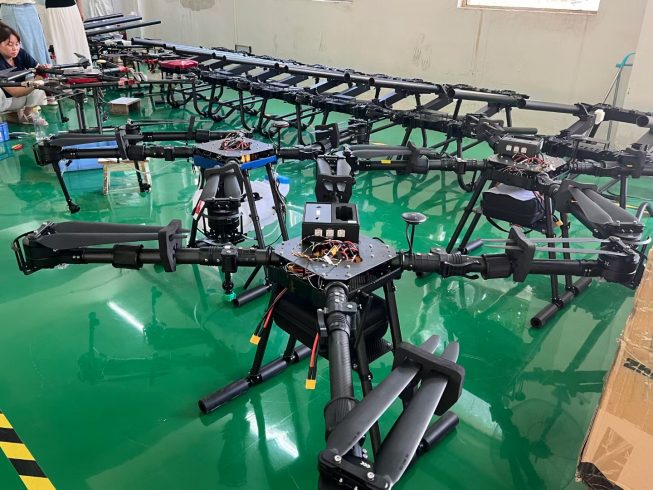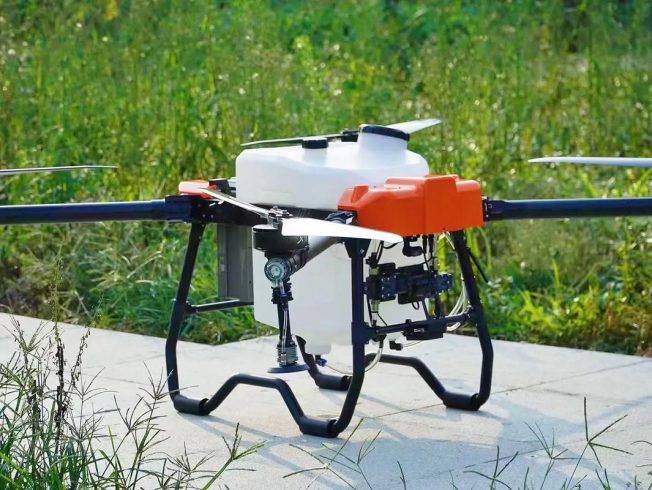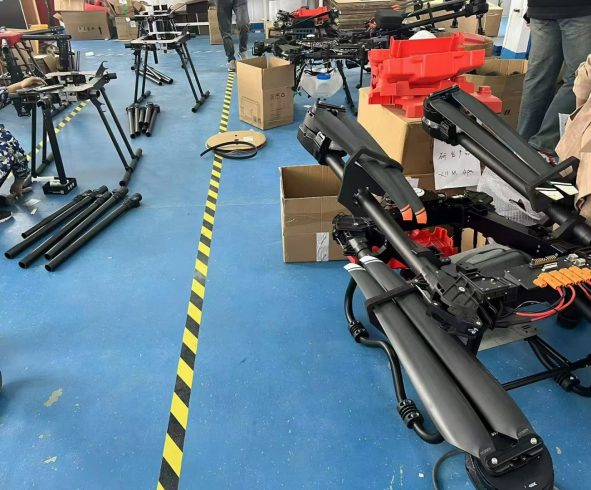
In the quest to feed a growing global population while stewarding natural resources, agriculture stands at a crossroads: cling to outdated methods or embrace technology that puts precision in the hands of farmers. Enter AI-powered spraying UAVs—unmanned aerial vehicles equipped with artificial intelligence to transform crop protection from a guessing game into a data-driven science. By merging machine learning, real-time analytics, and autonomous decision-making, these drones are making precision agriculture not just a concept, but an everyday reality. 🌾✨
The Limits of Traditional Spraying: When Guesswork Fails
For decades, crop spraying has relied on human judgment: estimating pest levels, setting uniform spray rates, and hoping for even coverage. This approach is fraught with flaws:
-
Inefficient Resource Use: Blanket spraying applies chemicals everywhere, wasting 20–40% of inputs on healthy plants 💸.
-
Delayed Responses: By the time pests are visible to the naked eye, infestations may have spread irreversibly 🐛.
-
Inconsistent Results: Human error leads to missed spots or overlaps, leaving crops vulnerable 🤹♂️.
In an era of climate volatility and tight margins, such guesswork is no longer viable.
How AI Rewrites the Rules of Spraying
AI-powered UAVs replace intuition with intelligence. At their core lies a suite of technologies that work in harmony to deliver adaptive, precise care:
🤖 Machine Learning Algorithms: The “Brain” of the Drone
Trained on millions of field images and agronomic data points, these algorithms learn to distinguish between healthy crops, pests, nutrient deficiencies, and weeds. Over time, they refine their accuracy—adapting to new pest strains or changing field conditions.
📡 Multispectral Cameras & LiDAR: Eyes in the Sky
High-resolution multispectral sensors capture light beyond human vision (e.g., near-infrared), revealing crop stress invisible to the naked eye. LiDAR maps terrain in 3D, ensuring stable flight even in complex landscapes 🗺️.
🌡️ Real-Time Weather & Soil Sensors
Integrated meteorological tools monitor wind speed, humidity, and temperature mid-flight. If conditions become unfavorable (e.g., high wind risking drift), the drone pauses or adjusts its path automatically.
⚙️ Dynamic Variable Rate Application (VRA)
Instead of fixed spray rates, AI calculates the exact amount of chemical needed per square meter—based on real-time data. A patch of aphids gets a concentrated dose; healthy soybeans receive none. This precision cuts waste by up to 50% 🎯.
Precision in Action: From Detection to Treatment
The magic of AI-powered drones lies in their ability to act before problems escalate:
-
Early Pest Detection: Using pattern recognition, the drone identifies pest eggs, fungal spores, or weed seedlings days before they’re visible. For example, it can spot thrips on cotton leaves—allowing treatment before they damage bolls 🔍.
-
Nutrient Hotspot Targeting: Multispectral data highlights nitrogen-deficient zones, directing fertilizer precisely where it’s needed 🌱.
-
Adaptive Flight Paths: If a sudden rain shower appears on radar, the drone reroutes to avoid wet areas, then resumes once conditions improve 🌧️→☀️.
Benefits Beyond Precision: Efficiency, Sustainability, and Simplicity
AI-powered UAVs deliver value across three critical areas:
⏱️ Speed & Scalability
A single drone covers 15–25 acres/hour—3x faster than manual spraying. For a 1,000-acre farm, this slashes spraying time from days to hours, minimizing exposure to pests.
🌍 Sustainable Farming
By reducing chemical runoff and overuse, drones protect soil health, water quality, and pollinators 🐝. Many models also support organic-approved sprays, aligning with eco-conscious markets.
👨🌾 User-Friendly Operation
Farmers don’t need coding skills to use these drones. Intuitive apps let users:
-
Upload field maps (via satellite or prior drone surveys)
-
Set goals (e.g., “treat only aphid-infested areas”)
-
Monitor missions live (with AI-generated risk alerts)Training takes just a few hours—far less than mastering a tractor 🚜.
Real-World Impact: Small Farms, Big Gains
Consider a Kenyan coffee farmer with 50 acres. Before AI drones, she spent $1,200/year on blanket pesticide sprays, yet still lost 15% of her crop to coffee berry borers. After adopting an AI-powered UAV:
-
Pesticide Use Dropped by 45% ($540 saved annually) 💰
-
Yield Increased by 20% (adding $3,000 in revenue) 📈
-
Time Saved Freed Her to Focus on Harvesting ⏳
This story repeats globally—from California almond groves to Indian rice paddies—proving AI’s power to level the playing field for farms of all sizes.
The Future: AI That Learns With You
As AI evolves, so do these drones. Next-generation models will feature:
-
Predictive Analytics: Forecasting pest outbreaks weeks in advance using historical data and weather patterns 🔮
-
Swarm Intelligence: Multiple drones collaborating to cover large fields in sync 🤖🤖
-
Blockchain Traceability: Logging chemical use for regulatory compliance and consumer transparency 🔗
Conclusion: Precision at Your Fingertips
AI-powered spraying UAVs are more than tools—they’re extensions of a farmer’s expertise, amplified by data and automation. By turning “spray everything” into “spray only what’s needed,” they make precision agriculture accessible, affordable, and effective.
In a world where every drop of water, every gram of fertilizer, and every plant matters, AI gives farmers the clarity to grow more with less. The future of farming isn’t just smart—it’s intelligent. And it’s already here. 🚀🌾
Icons used: 🌾✨🤹♂️📉💸🐛🤖💡📡🗺️🌡️⚙️🎯🔍🌱🌧️☀️⏱️🌍🐝👨🌾🚜💰📈⏳🔮🤖🤖🔗🚀
THE END










暂无评论内容